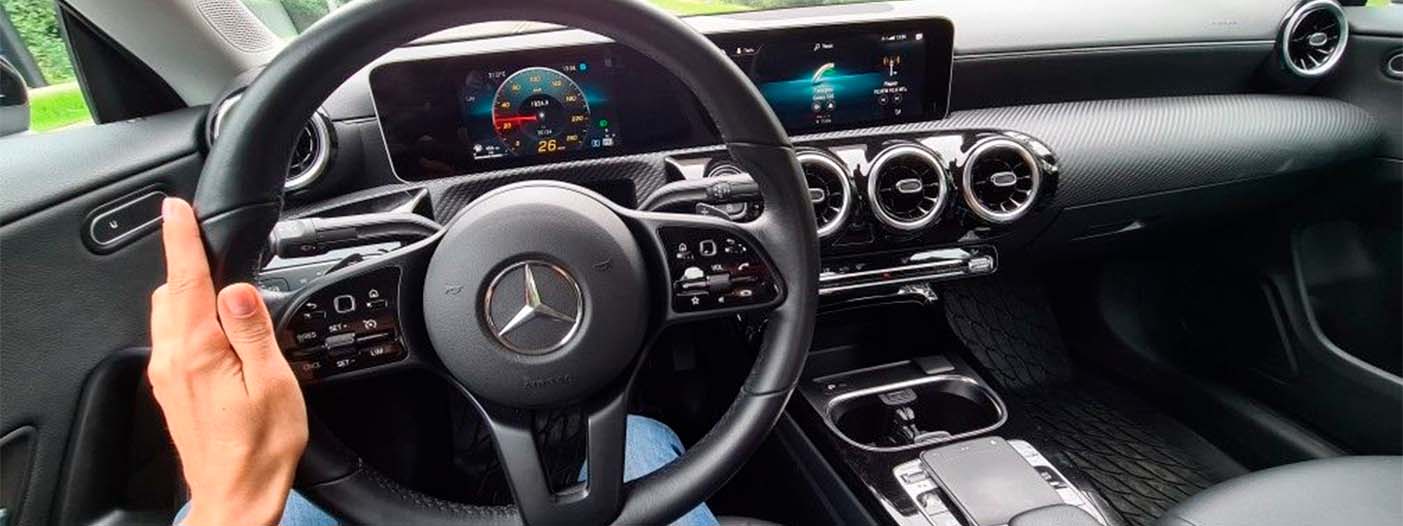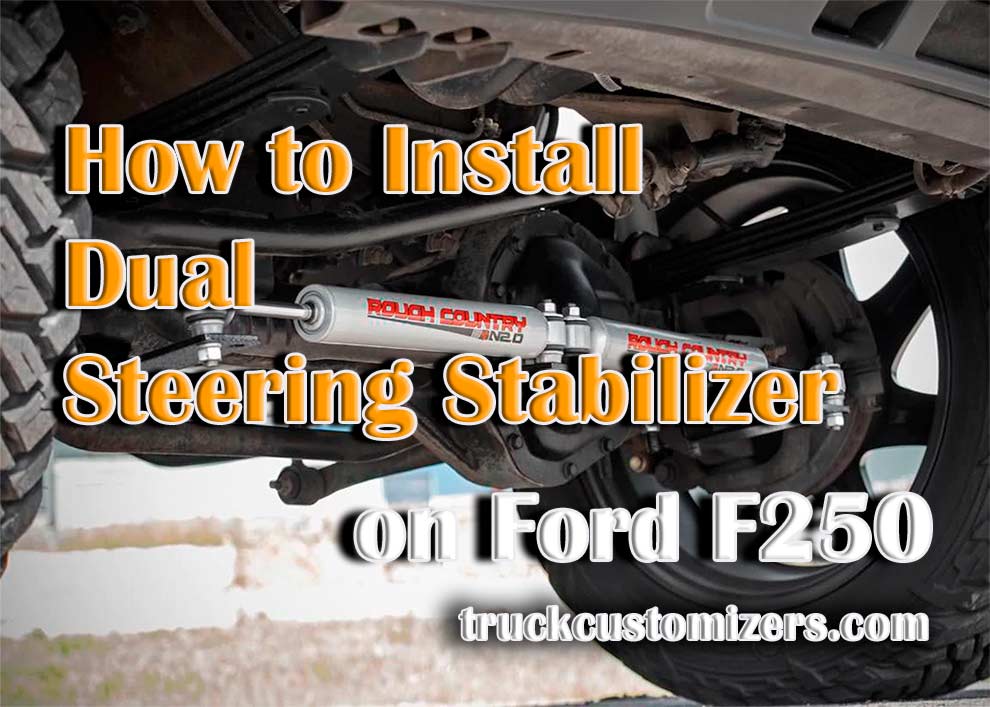A well-functioning steering wheel is one of the most important car features. If your vehicle’s wheel moves side to side, this could indicate an underlying issue with your vehicle’s suspension or other steering components. Luckily, if you take the time to diagnose and address the problem, you can get your car back up and running quickly. In this article, we will discuss causes, symptoms, and how to diagnose and fix a steering wheel that moves side to side.
Symptoms of a Faulty Steering Wheel
A faulty steering wheel can cause serious safety issues and should be addressed as soon as possible. Symptoms of the problem with the wheel include excessive play, a grinding noise, difficulty turning the wheel, a rattling sound while driving, or an overly stiff steering wheel. Excessive play is one of the most common symptoms indicating that the steering wheel may be faulty. This means too much movement in the steering system when you turn the wheel from side to side. This lack of stability and control can make it difficult to steer properly and could result in an accident if not addressed promptly.
Another symptom of a faulty steering wheel is a grinding noise when turning or accelerating. This noise indicates that something within the system has worn down to create friction between two parts, making it difficult to control your car. When turning your car, you may find it difficult to move the steering wheel beyond its normal range or feel resistance from side to side. If this occurs, something may have seized up in the mechanism that needs replacing before further damage occurs. For maintaining the cleanliness and functionality of your steering wheel, also read How to Clean a Steering Wheel to ensure a comfortable and safe driving experience.

A rattling sound while driving is another sign of something wrong with your car’s steering system that needs attention. This noise indicates that something is loose within the system and should be checked before continuing to drive. Finally, if you find your steering wheel is overly stiff, then this could lead to a lack of control over your car as you will not have the ability to turn it easily in either direction. If this occurs, something has gone wrong with your steering system and must be addressed promptly for safety reasons.
Causes of a Steering Wheel Moving Side to Side
A steering wheel moving side to side while driving can have several underlying causes. One common reason is worn tie rod ends connecting the steering rack to the wheels. When these components wear out, they can introduce excess play in the steering system, erratically causing the wheel to move. Loose or worn suspension components, such as bushings, ball joints, or control arms, can also contribute to the side-to-side movement of the steering wheel. Issues with the power steering system, such as low fluid levels or a malfunctioning pump, can affect the steering’s smooth operation and lead to unpredictable movements. Misaligned tires, warped brake rotors or drums, and worn steering components are additional factors that can cause the steering wheel to move from side to side. Identifying the specific cause or combination of causes requires thoroughly inspecting the steering and suspension systems. Consulting a professional mechanic is advisable to accurately diagnose the issue and determine the necessary repairs to restore proper steering functionality.
Fixing Steering Wheel That Moves Side to Side
When faced with a steering wheel that moves side to side while driving, it is crucial to take appropriate steps to address the issue and restore stability to your steering system. Fixing this problem involves inspecting and replacing worn or damaged components. This may include replacing worn tie rod ends or addressing loose or worn suspension components such as bushings, ball joints, or control arms. Ensuring the power steering system functions correctly and addressing issues with low fluid levels or a malfunctioning pump is also important. Correcting tire misalignment, replacing warped brake rotors or drums, and addressing worn steering components are necessary. However, accurately diagnosing and fixing the problem may require the expertise of a professional mechanic. Consulting with a trusted mechanic will help ensure the underlying cause is correctly identified, and the appropriate repairs or replacements are performed, resulting in a properly functioning steering system and a safer driving experience.
Conclusion
In conclusion, a steering wheel that moves from side to side demands immediate attention to ensure safety and driving comfort. Following the steps outlined in this guide, you can effectively diagnose and fix the problem, thereby regaining control and restoring stability to your steering system. Promptly addressing a side-to-side movement in your steering wheel is essential to prevent further damage and potential accidents on the road. Knowing the symptoms, understanding the causes, conducting proper inspections, and implementing necessary repairs, you can confidently drive, knowing that your steering wheel is stable and responsive. Always prioritize your safety and the safety of others by promptly addressing any steering-related issues and maintaining regular maintenance checks to ensure a smooth and secure driving experience.


